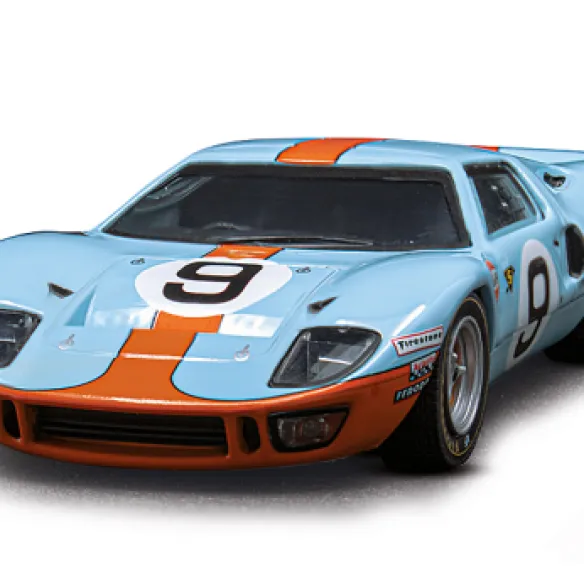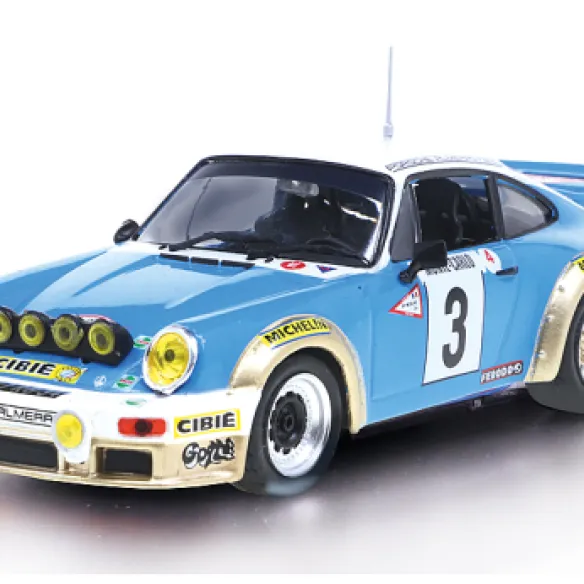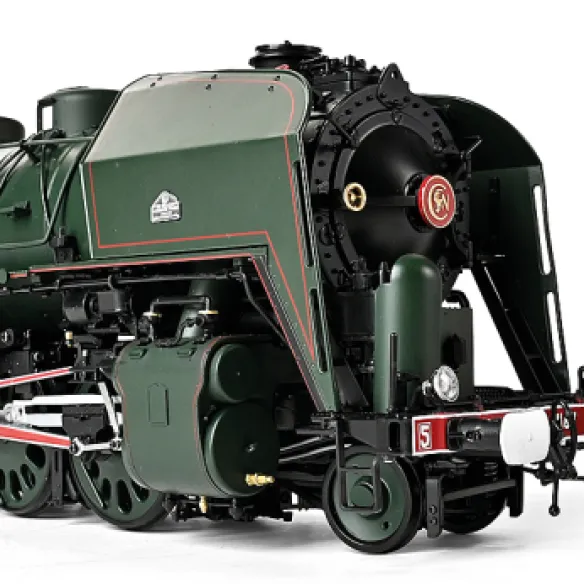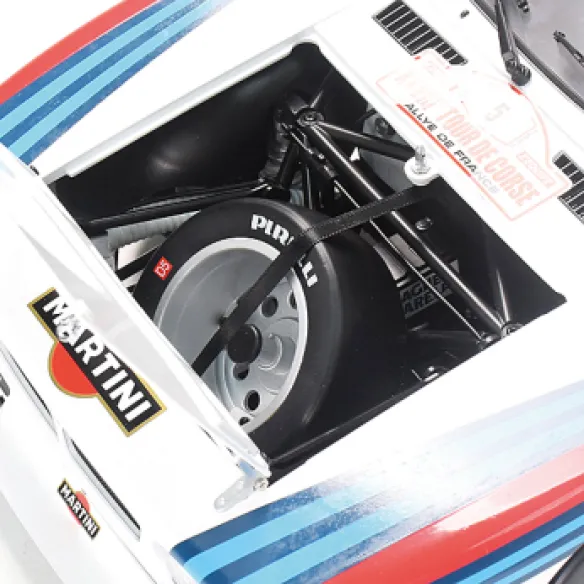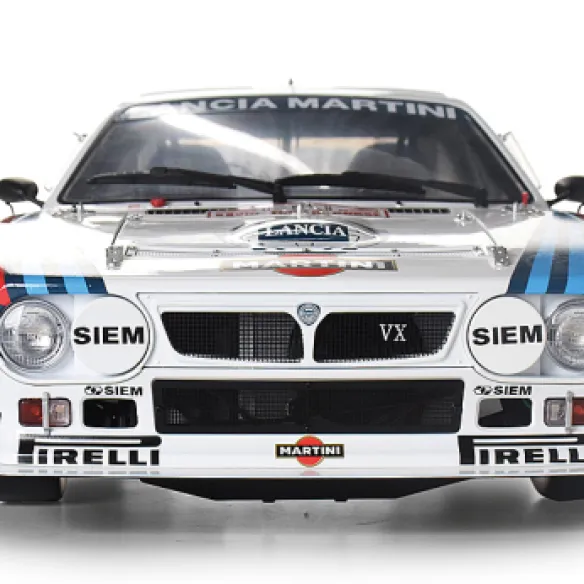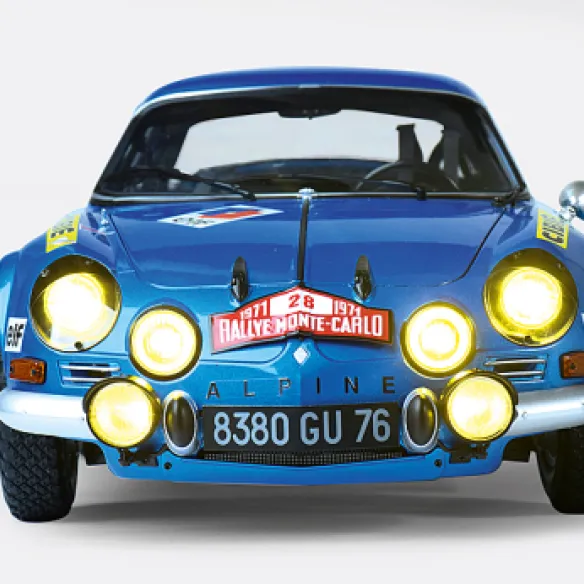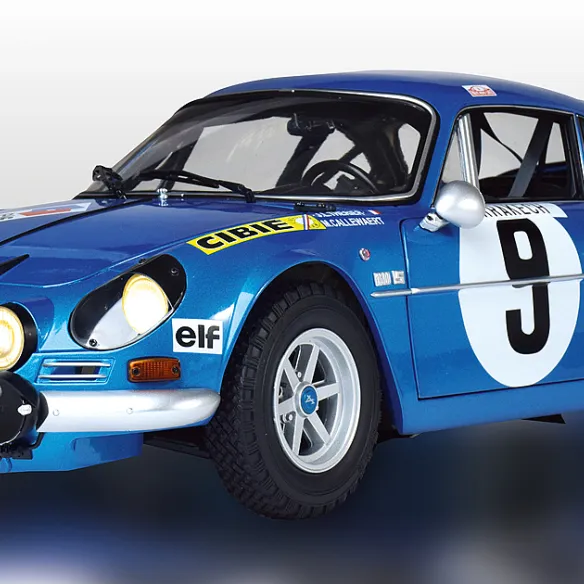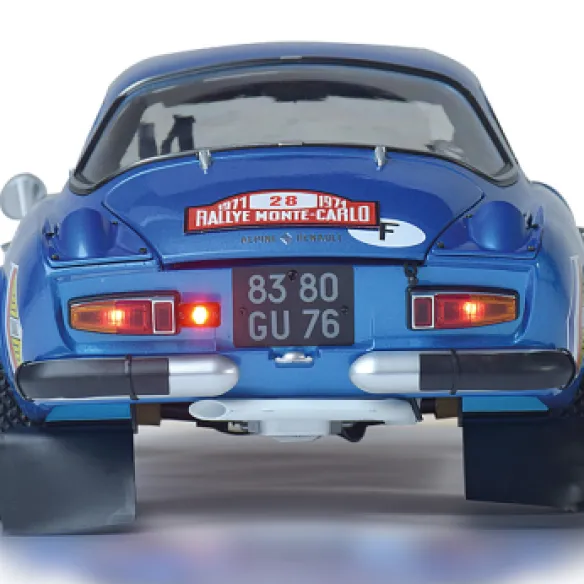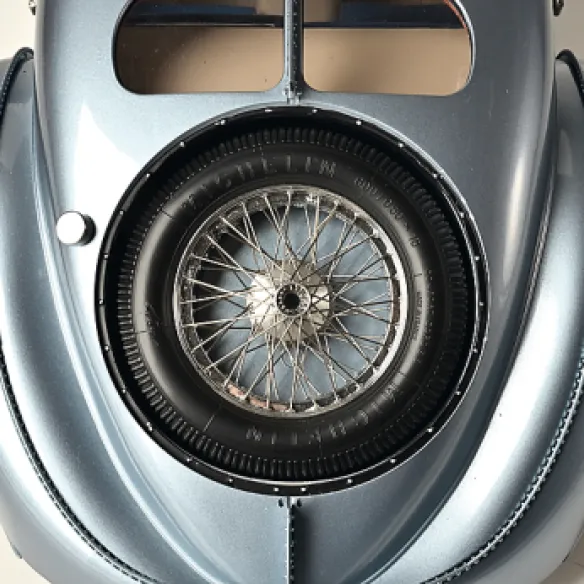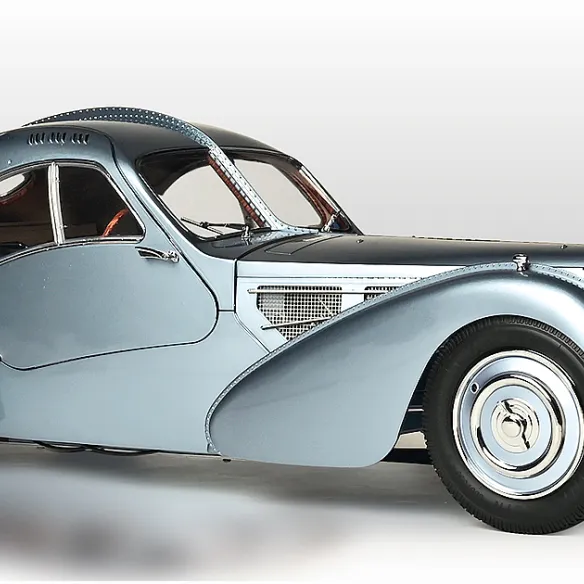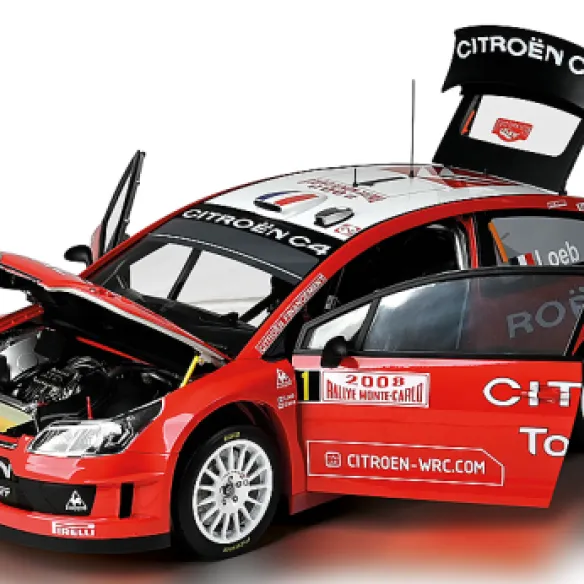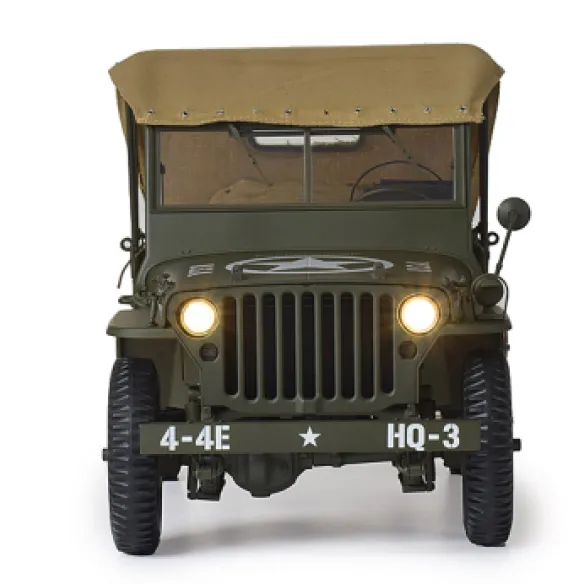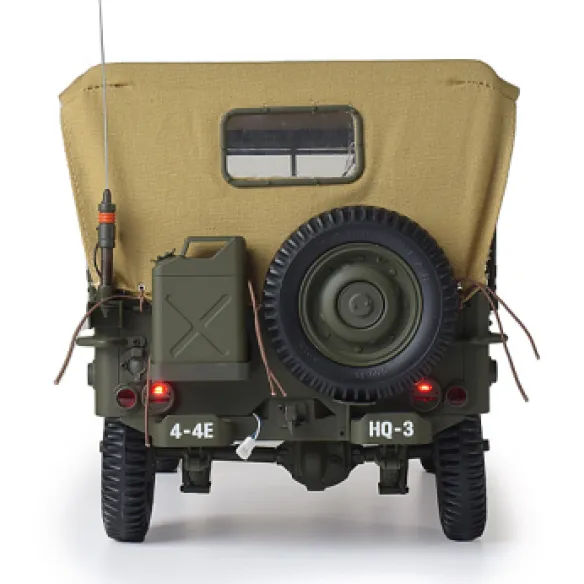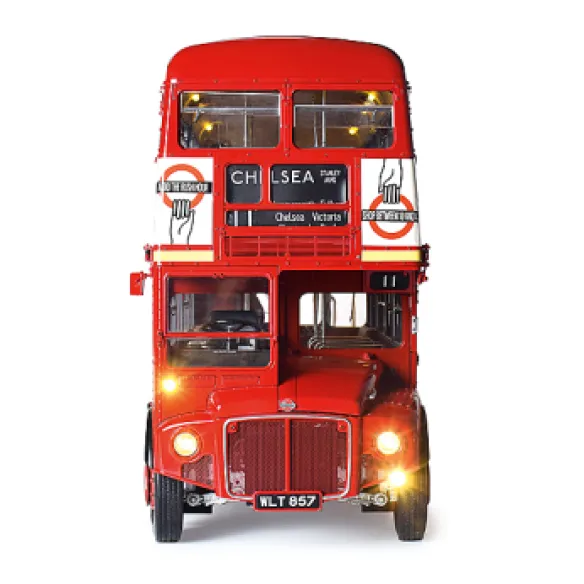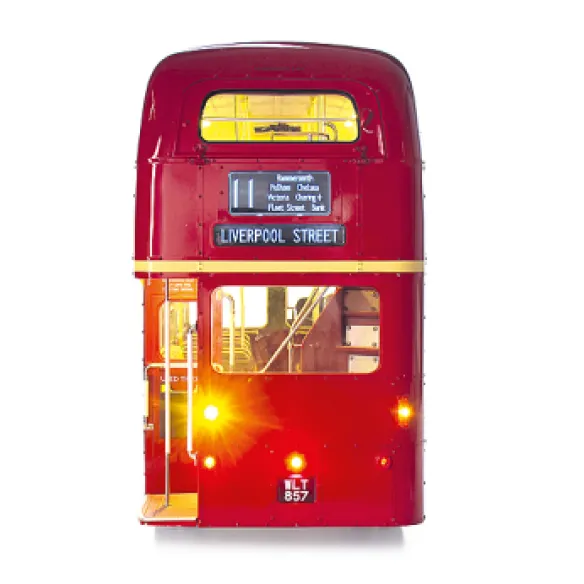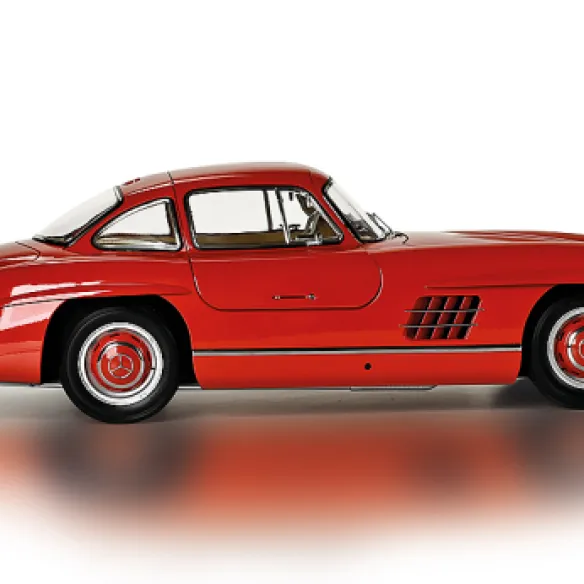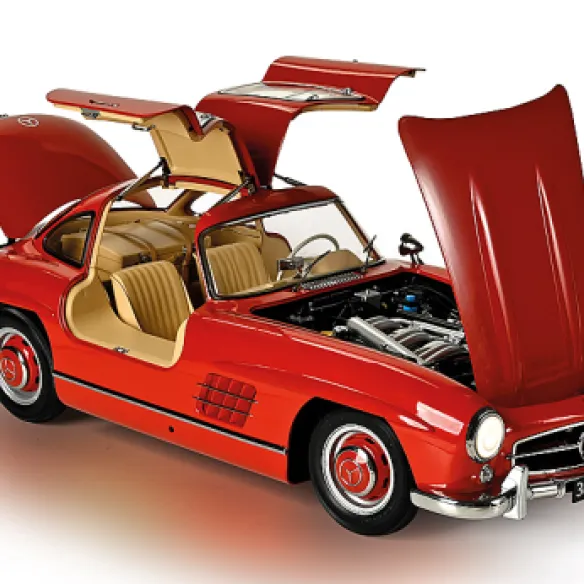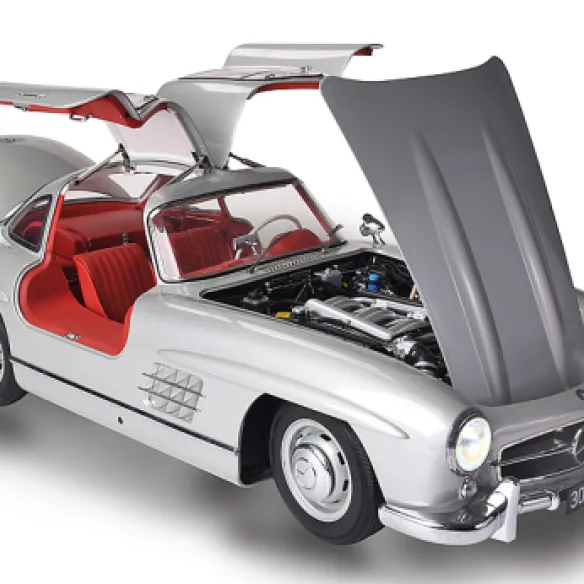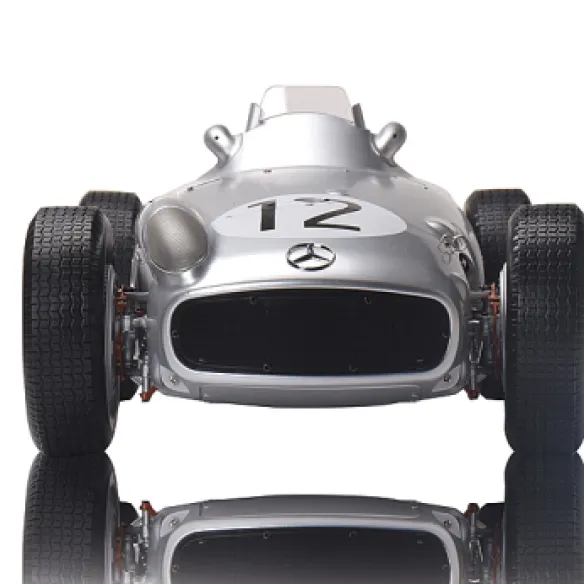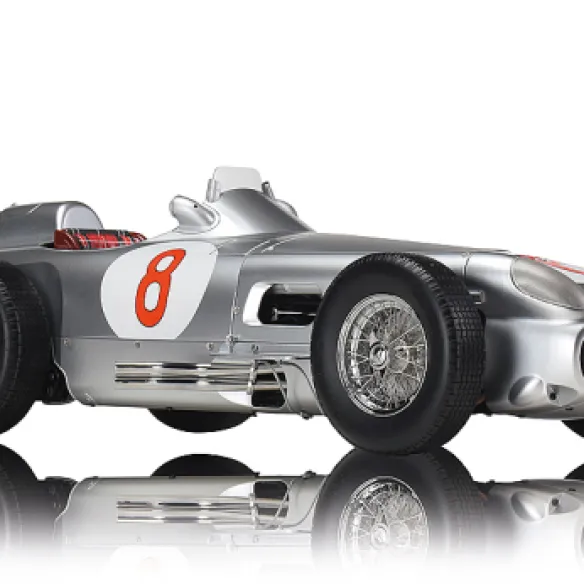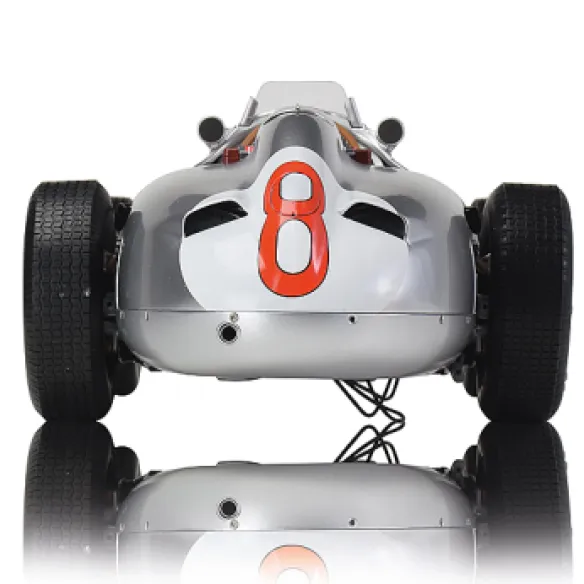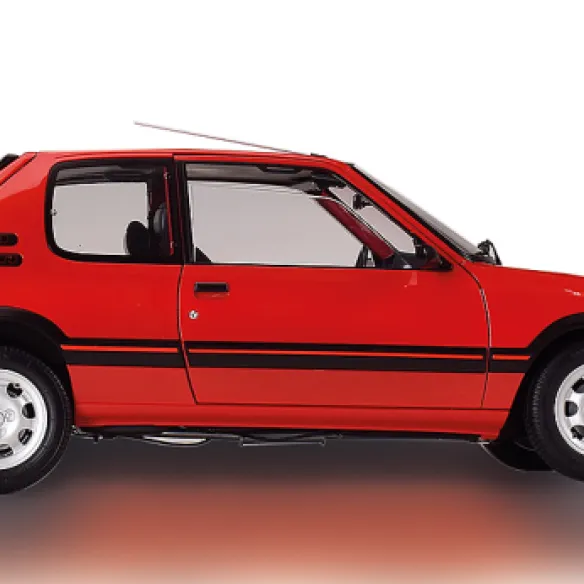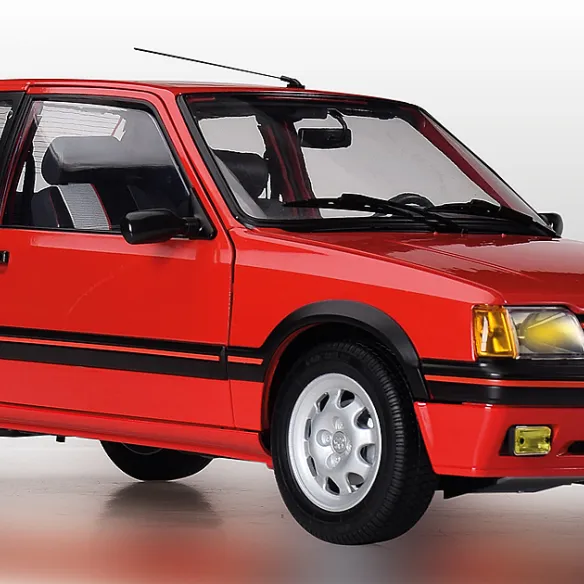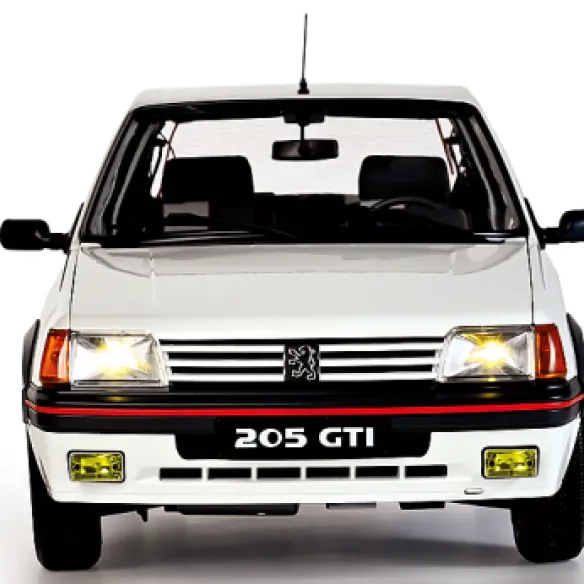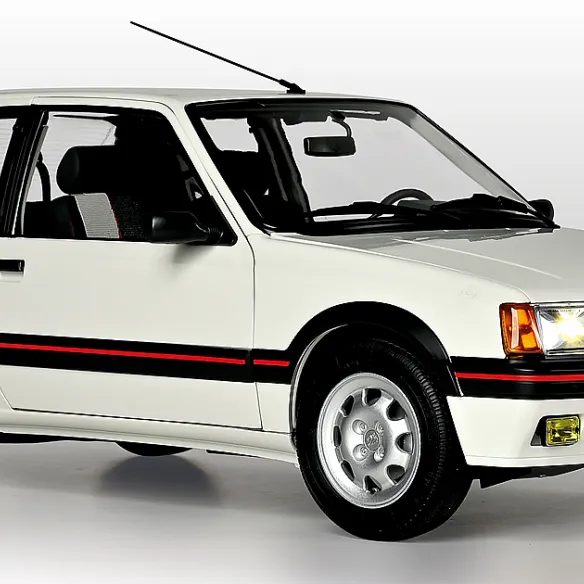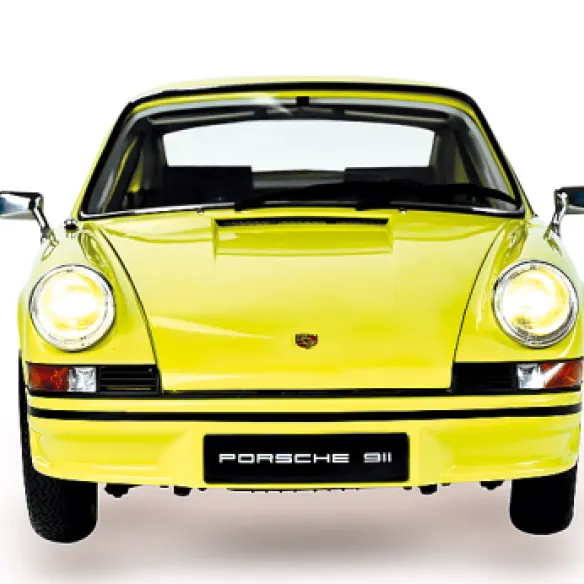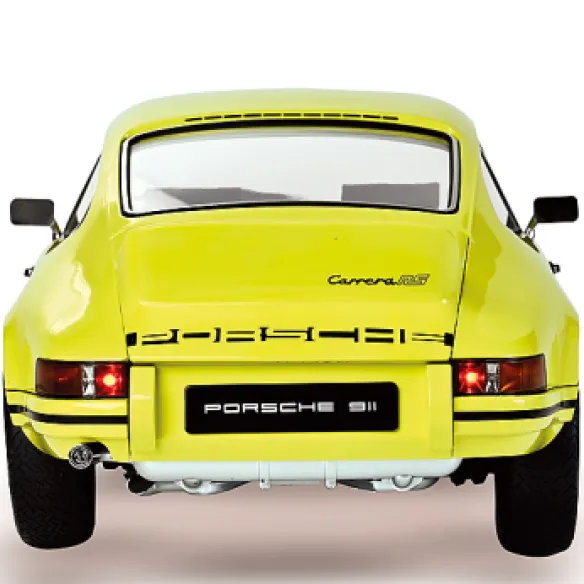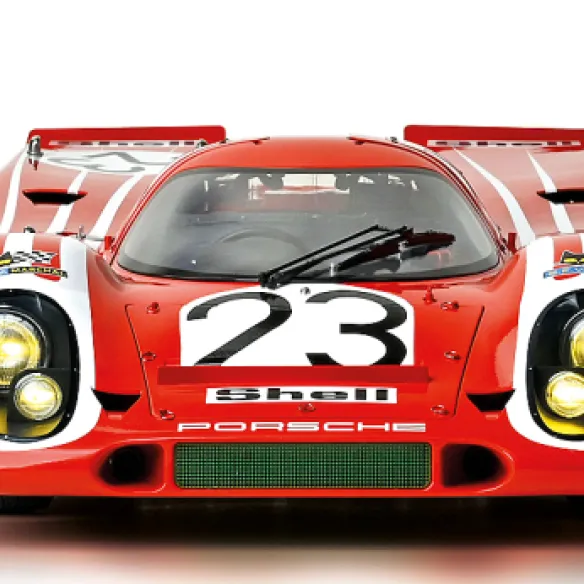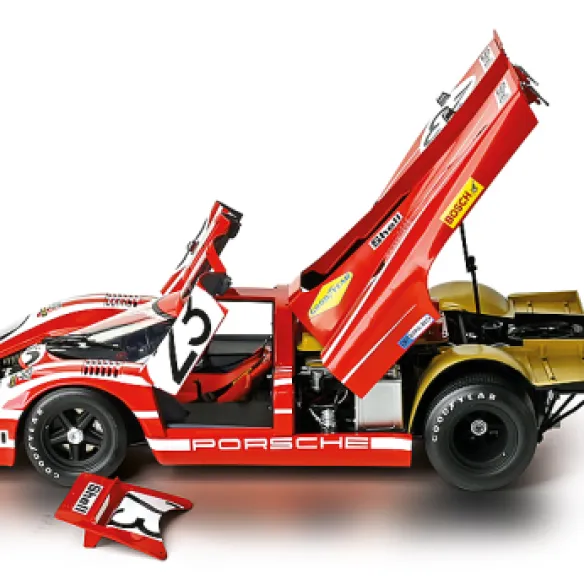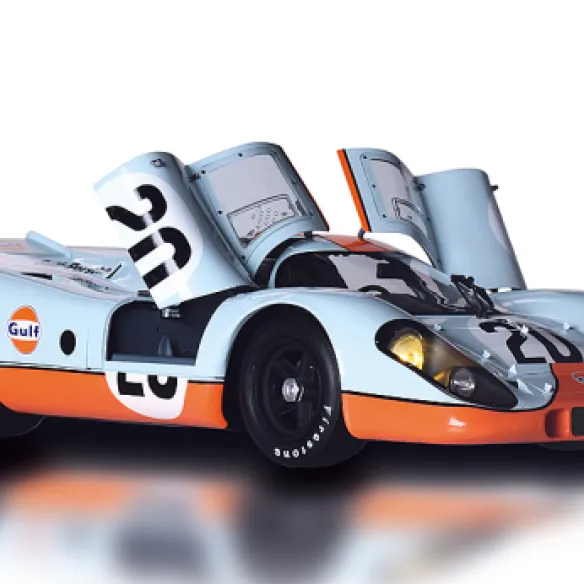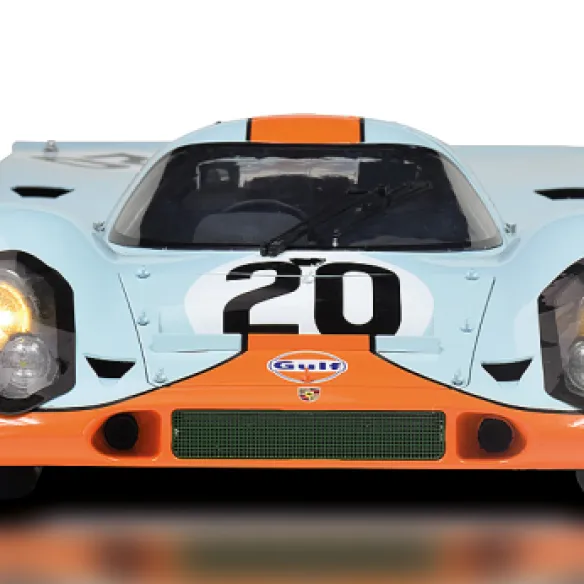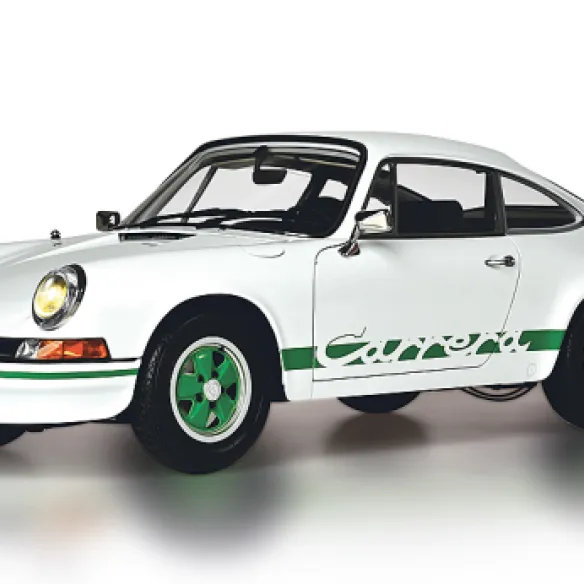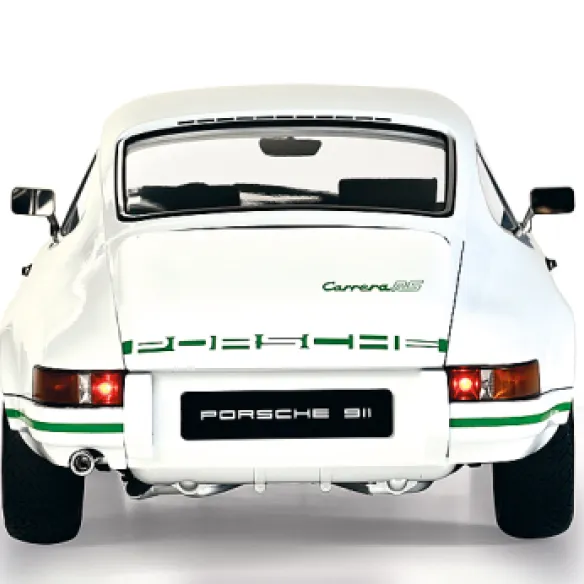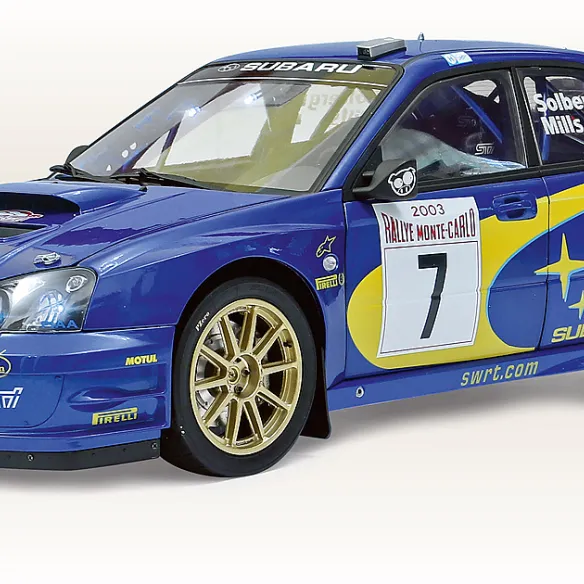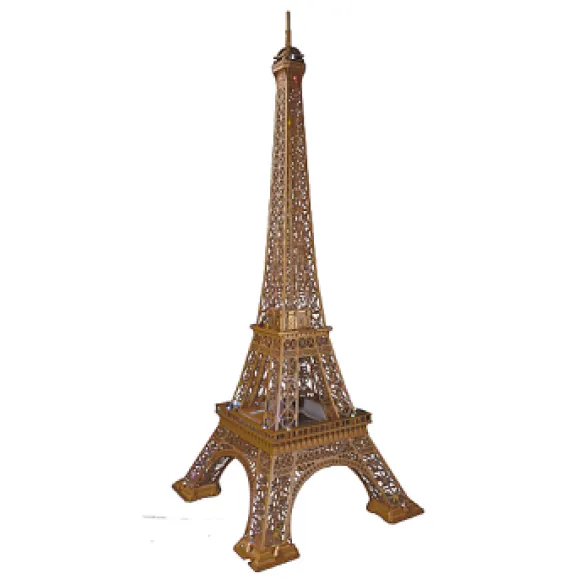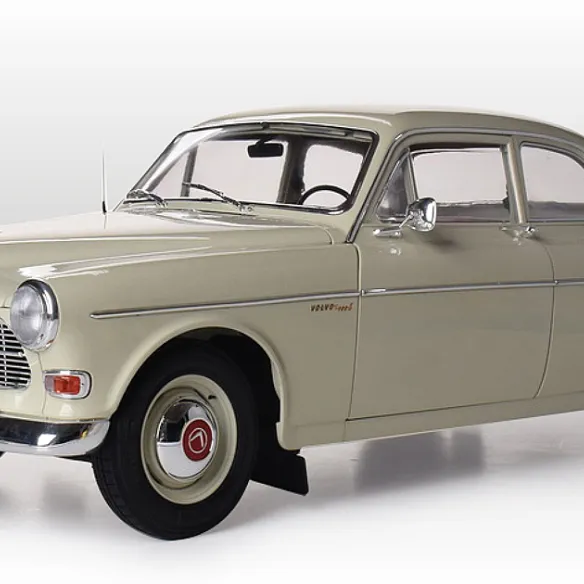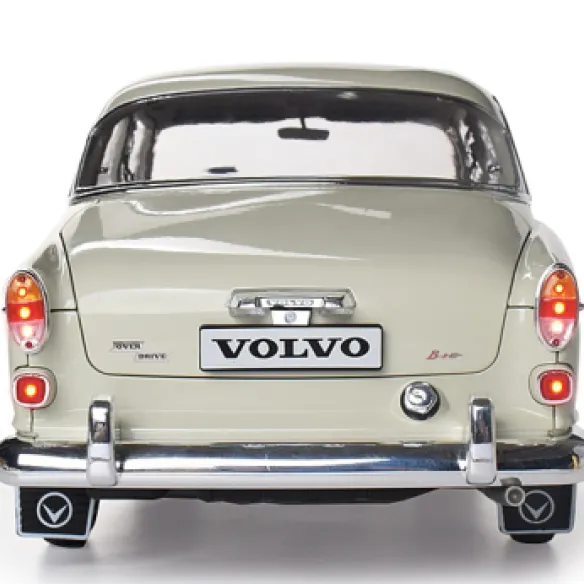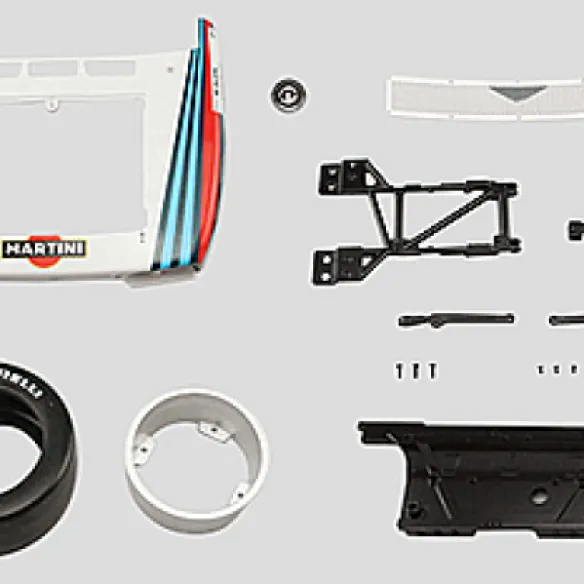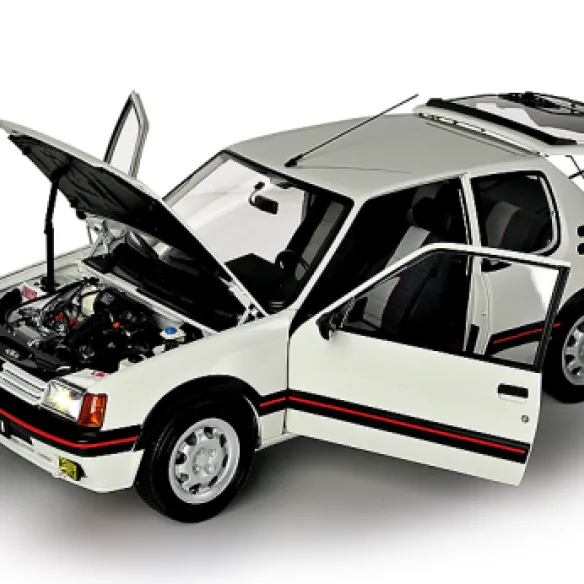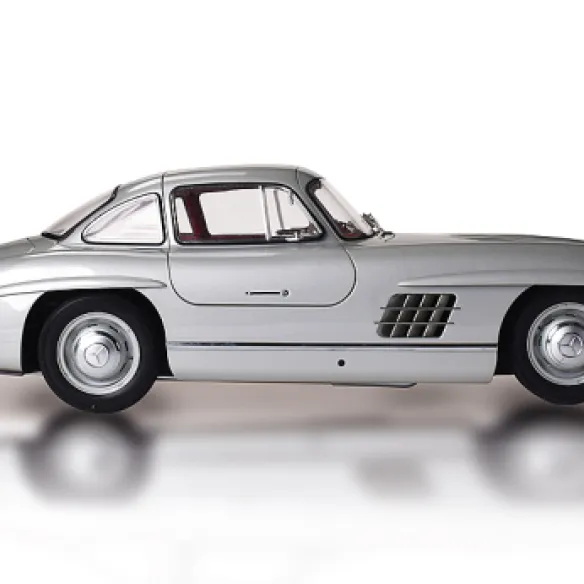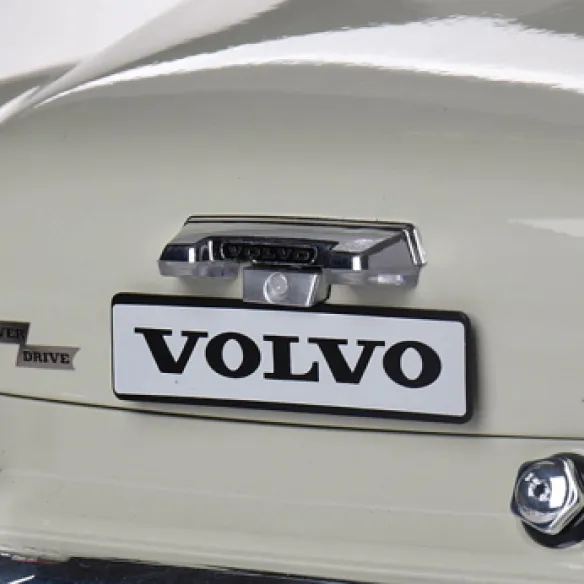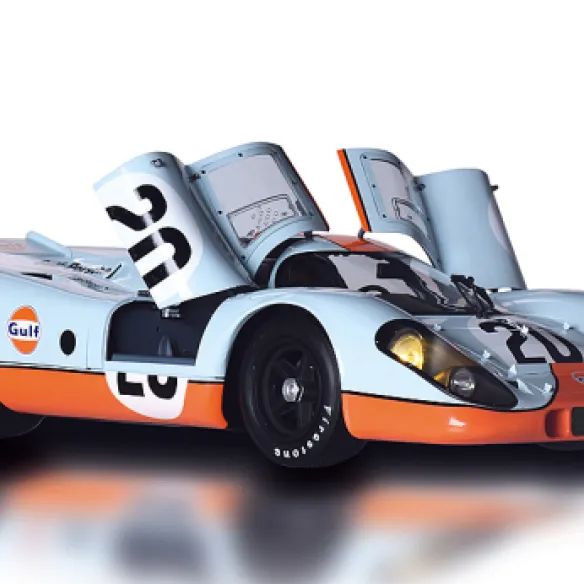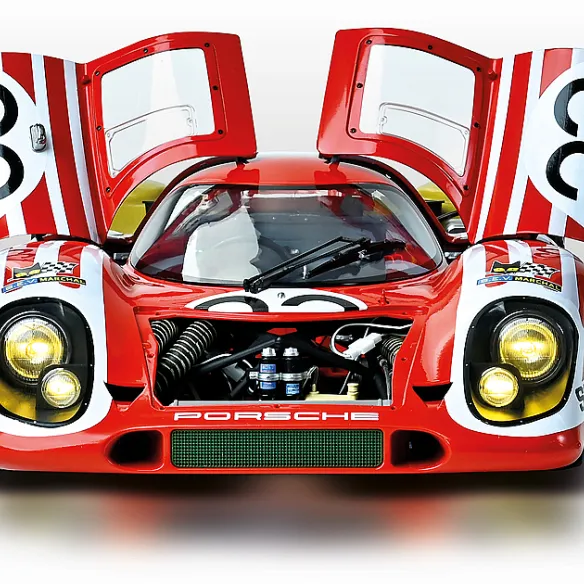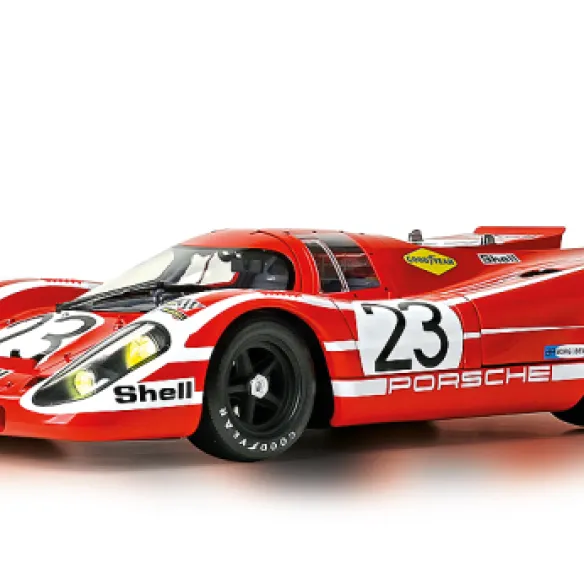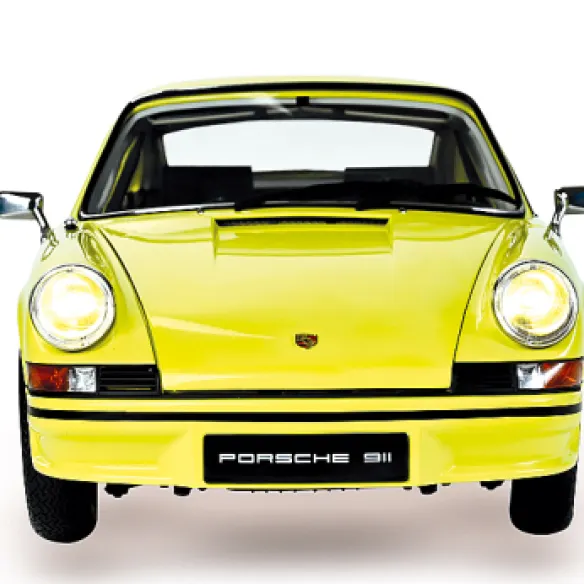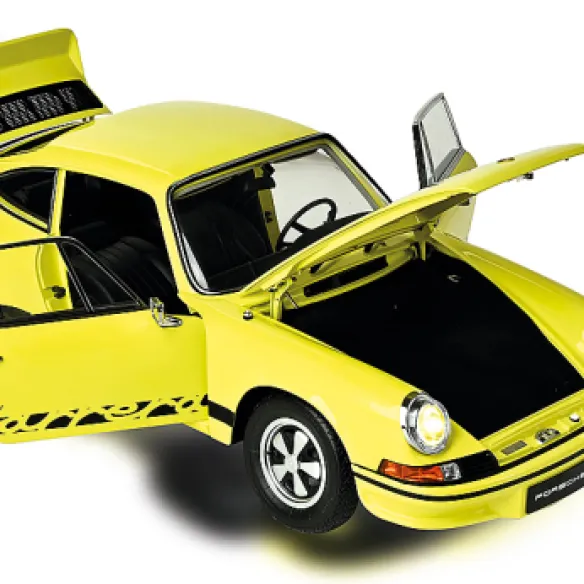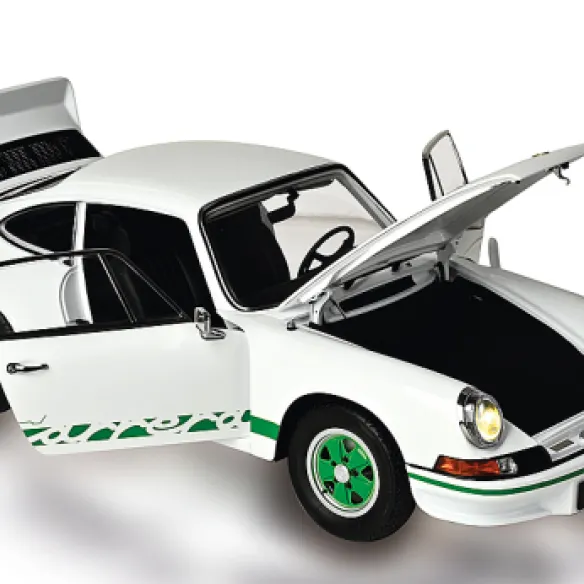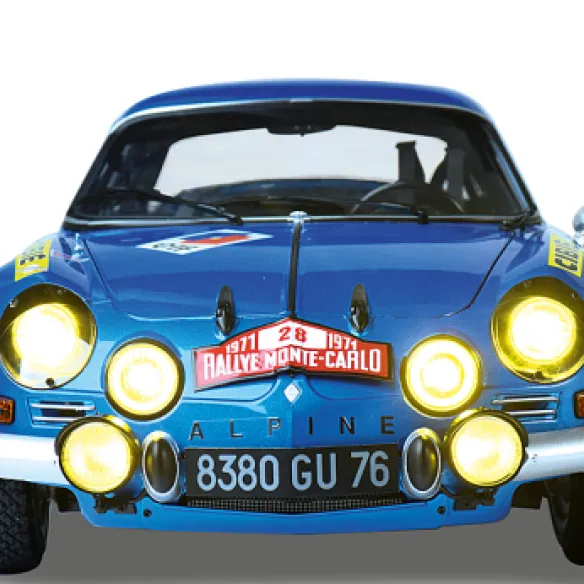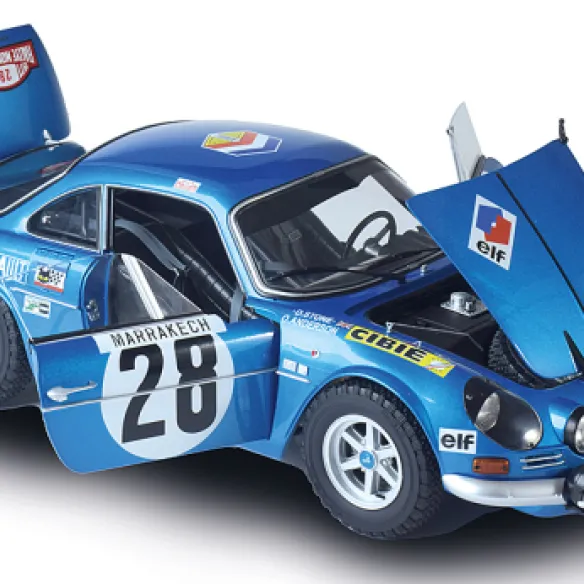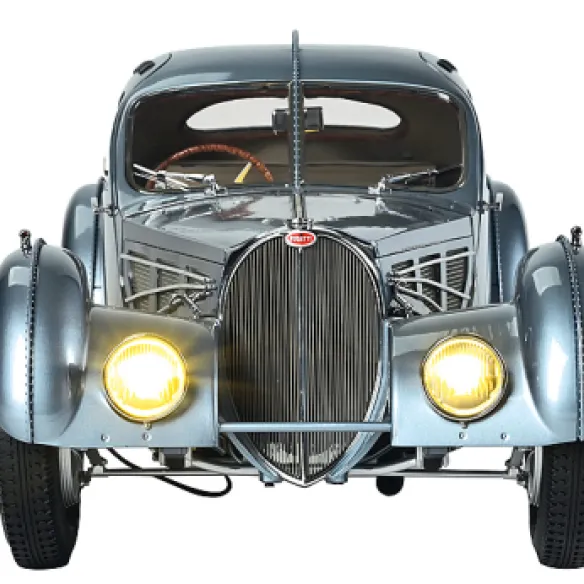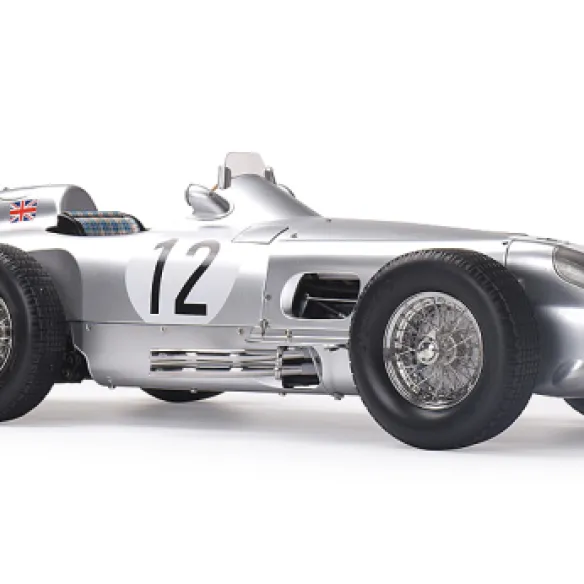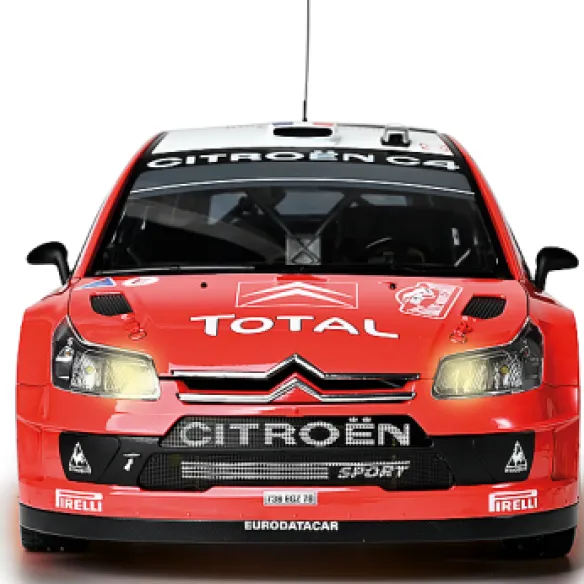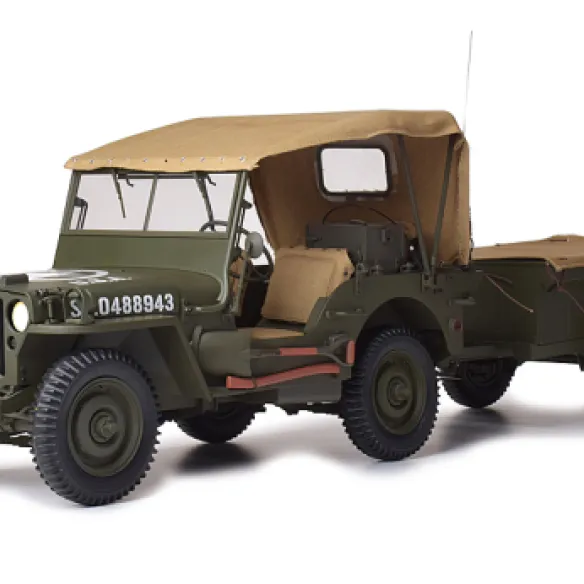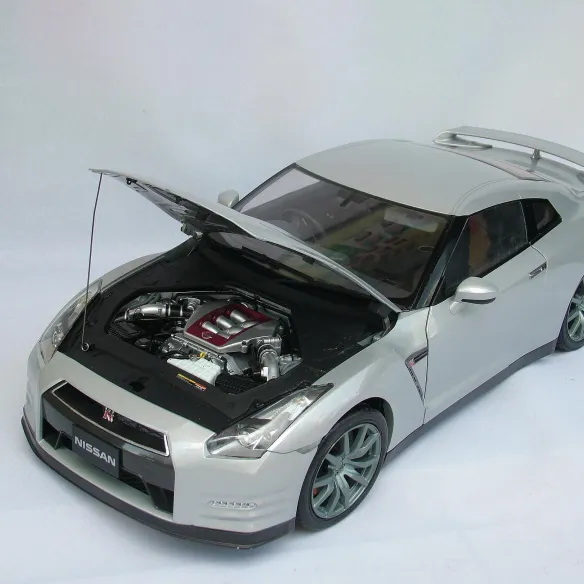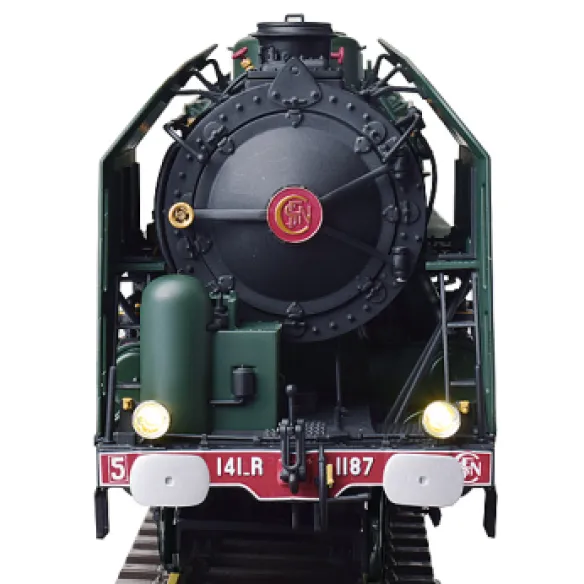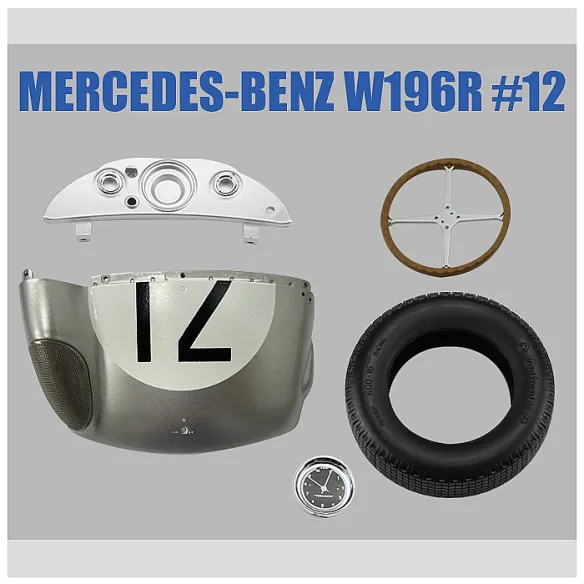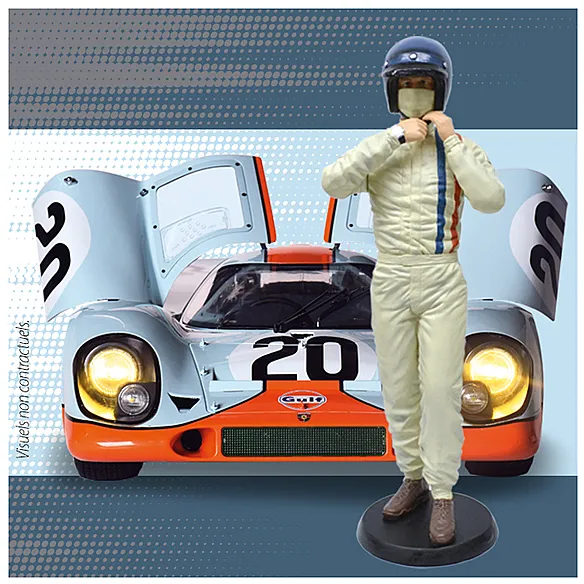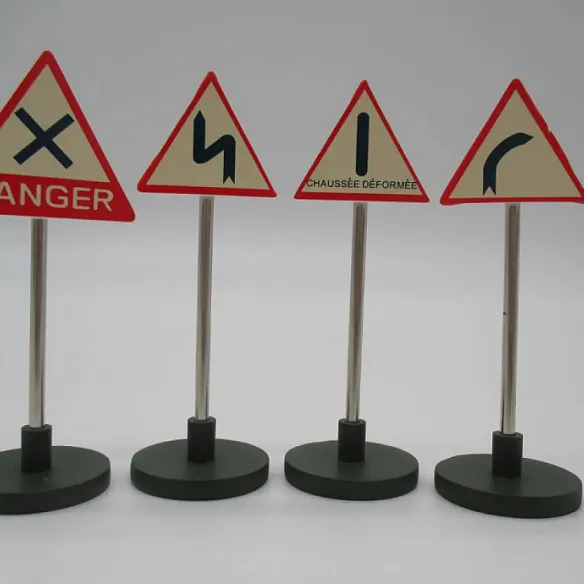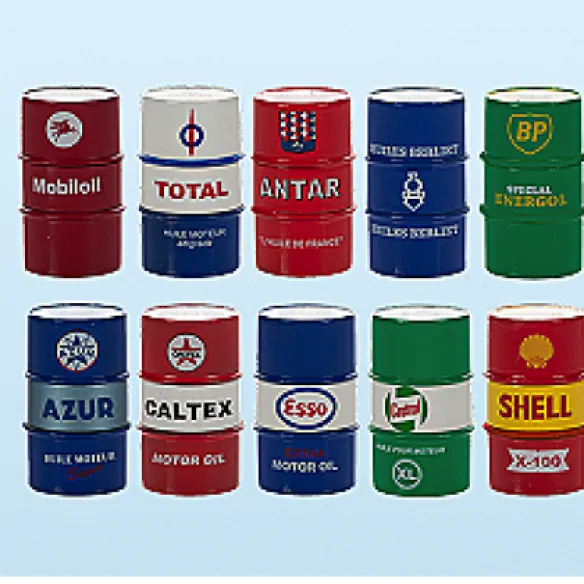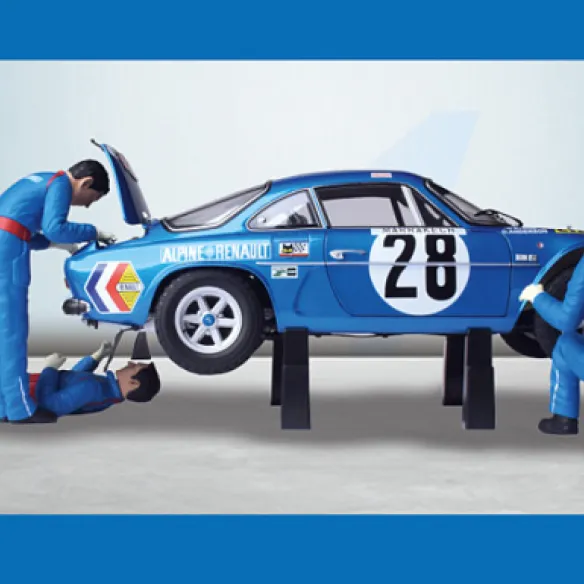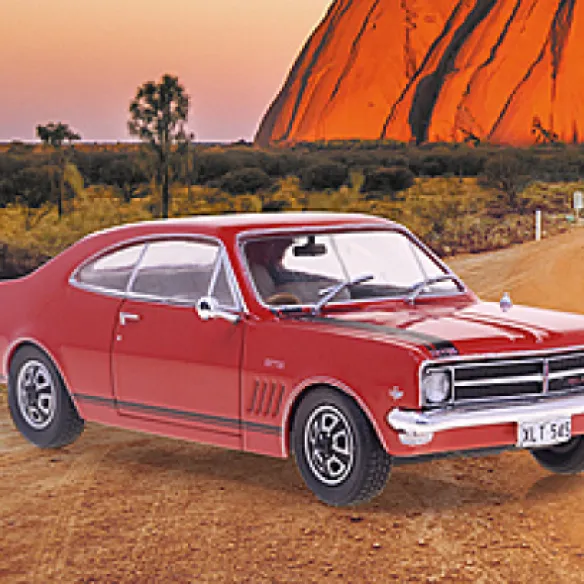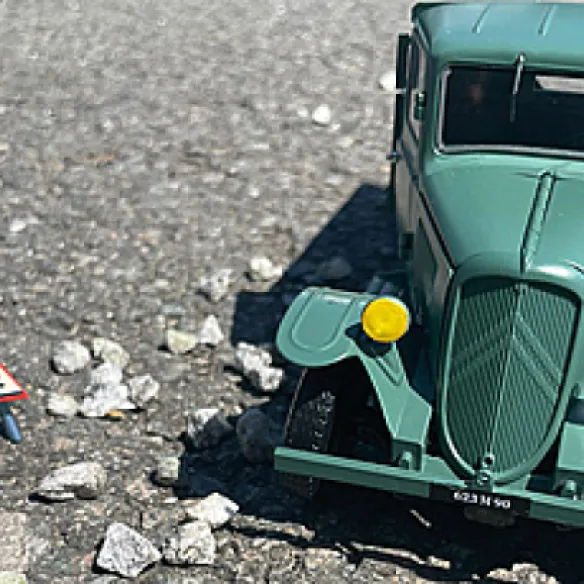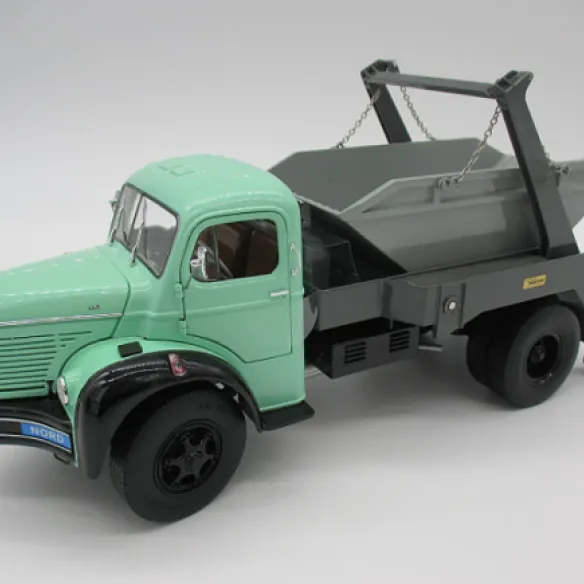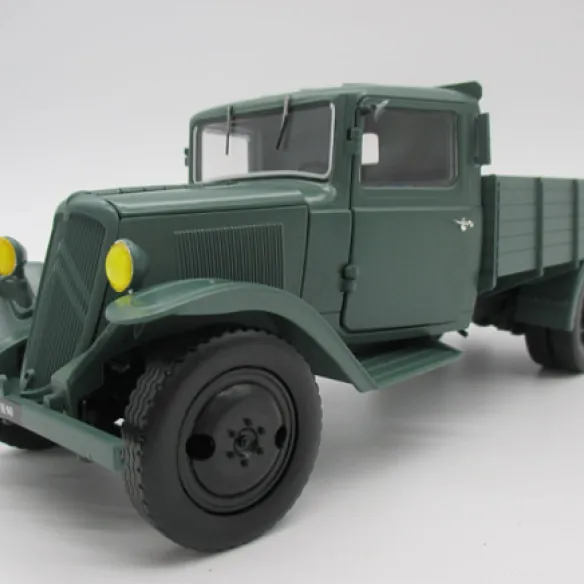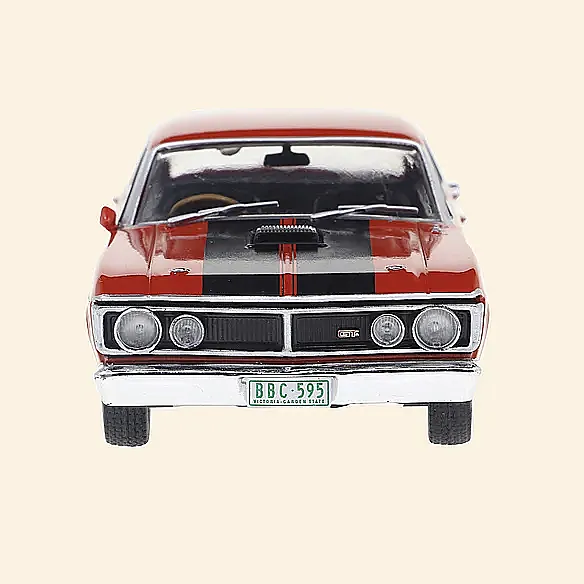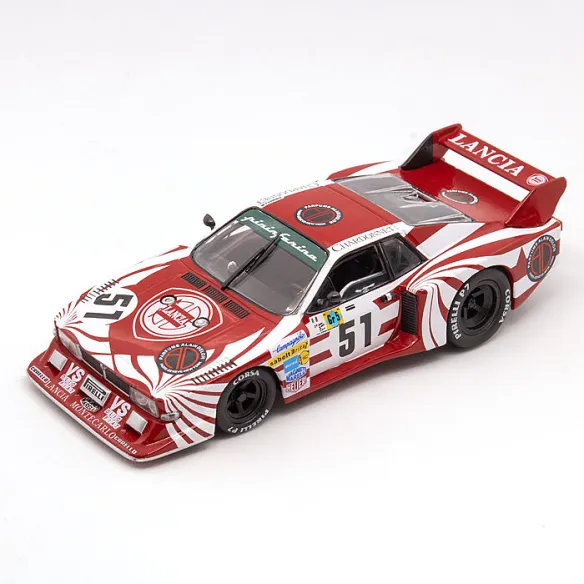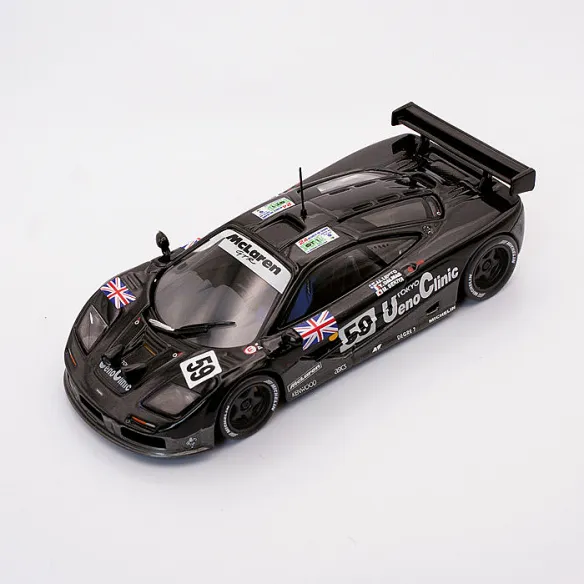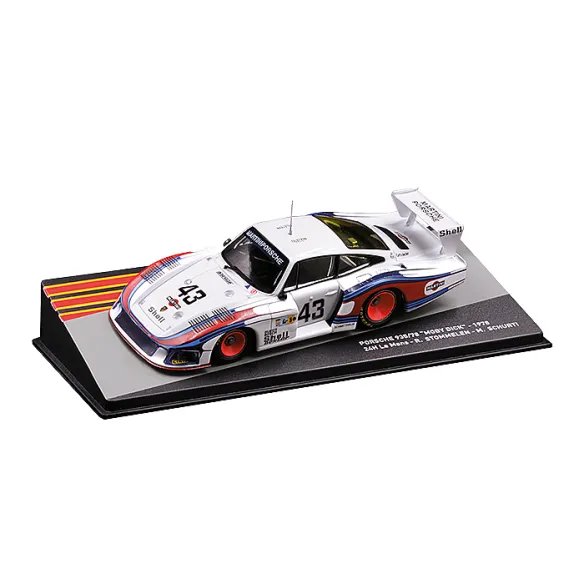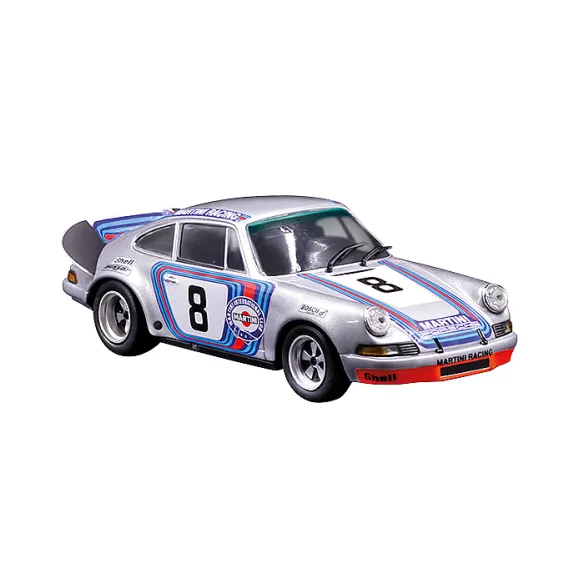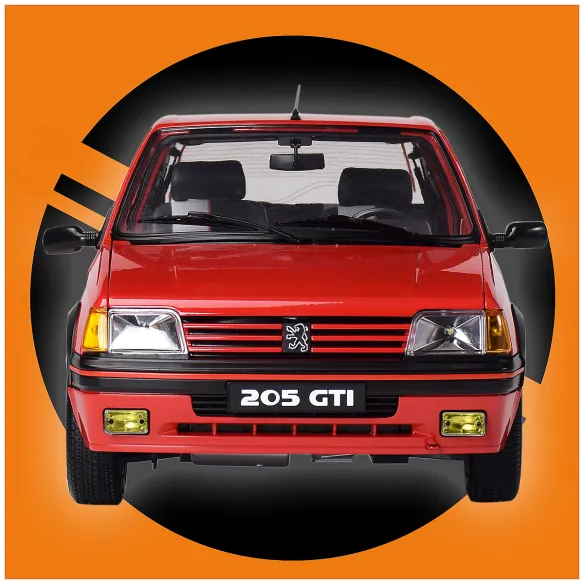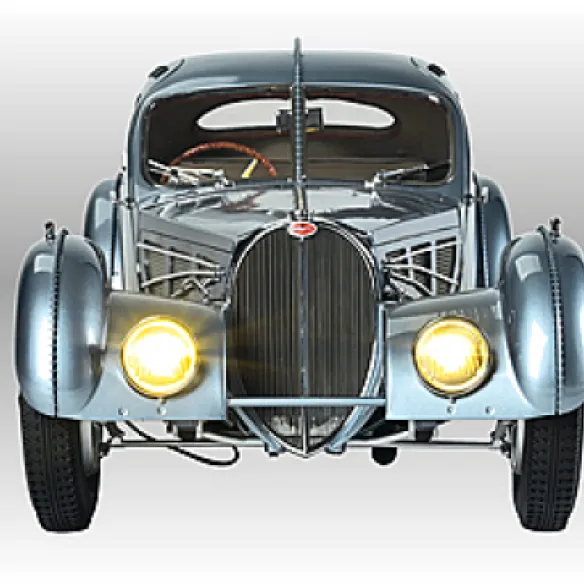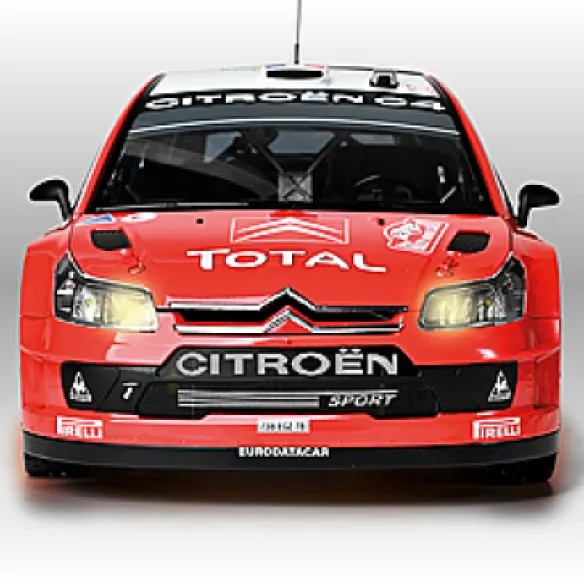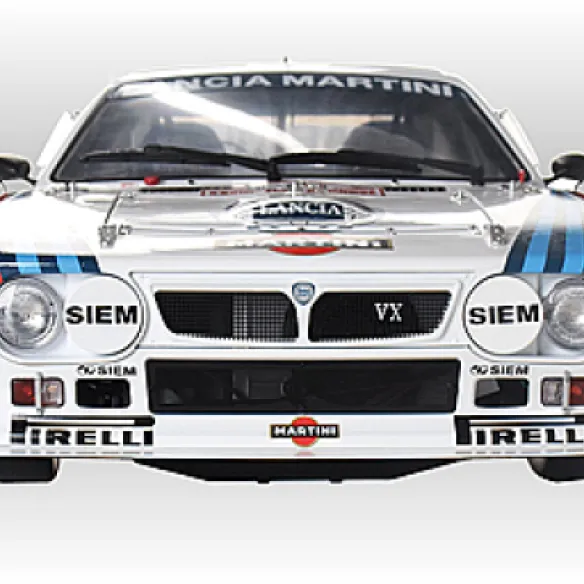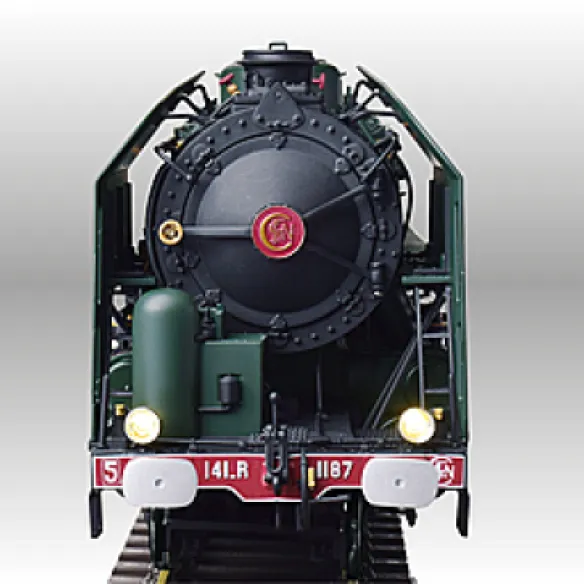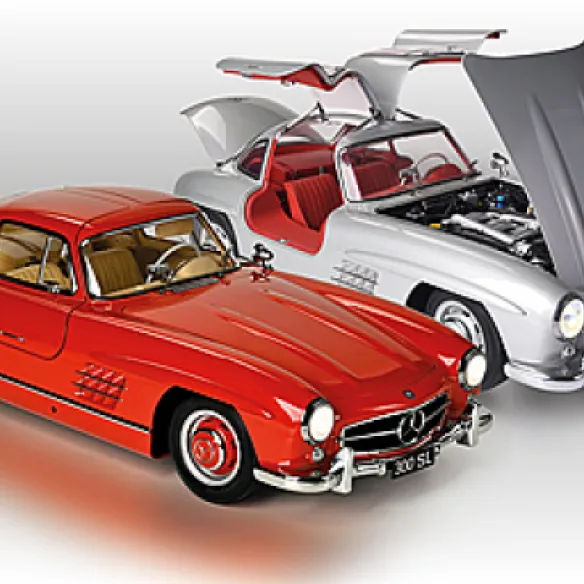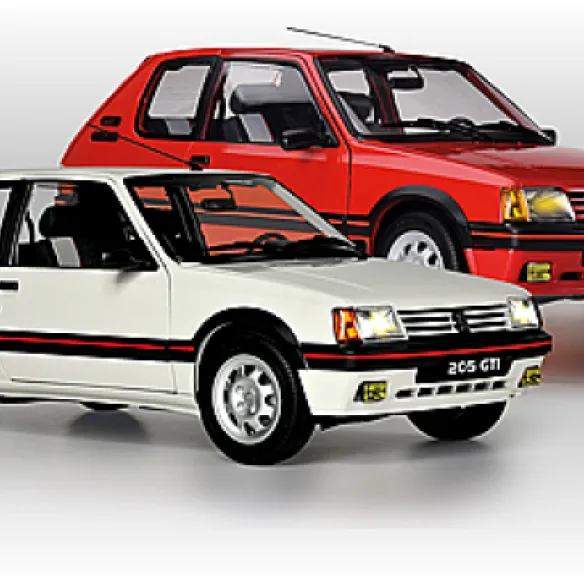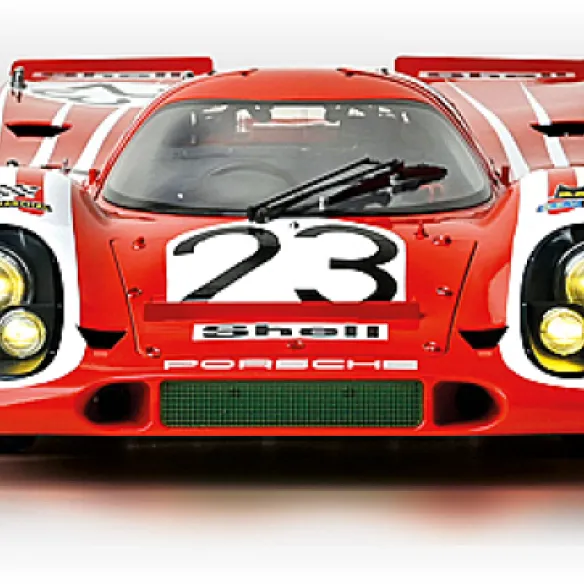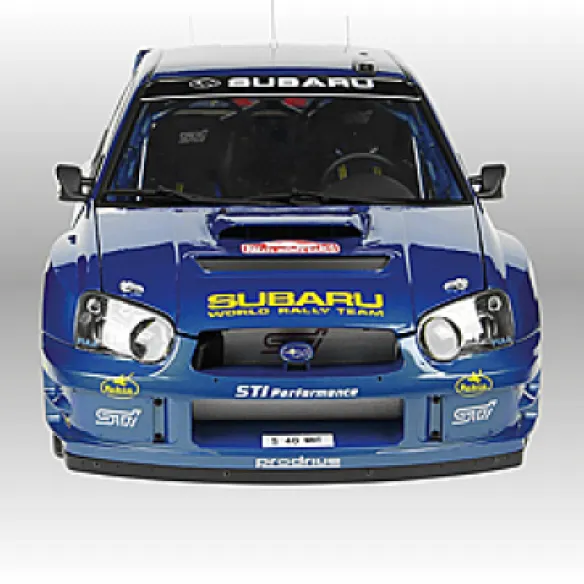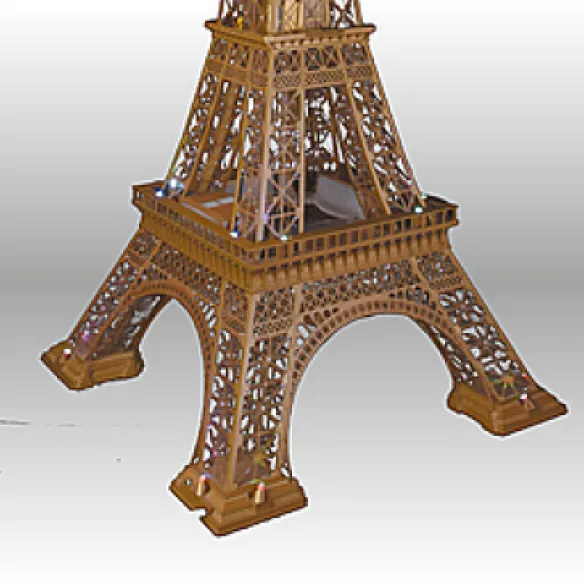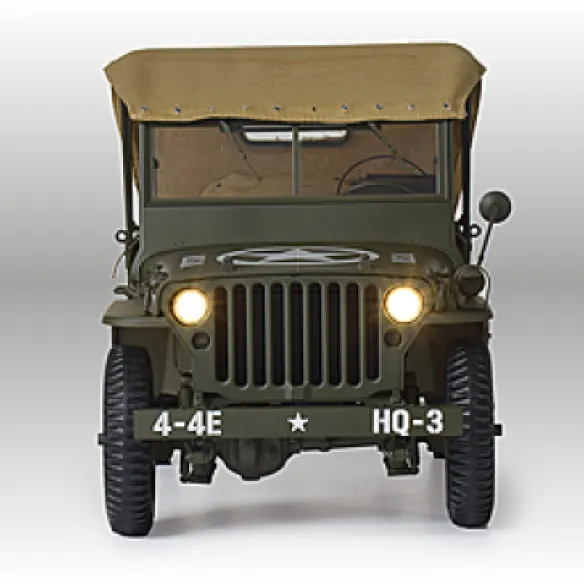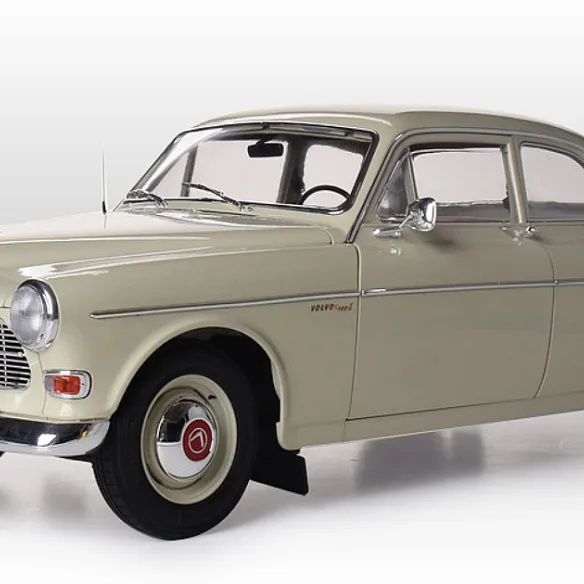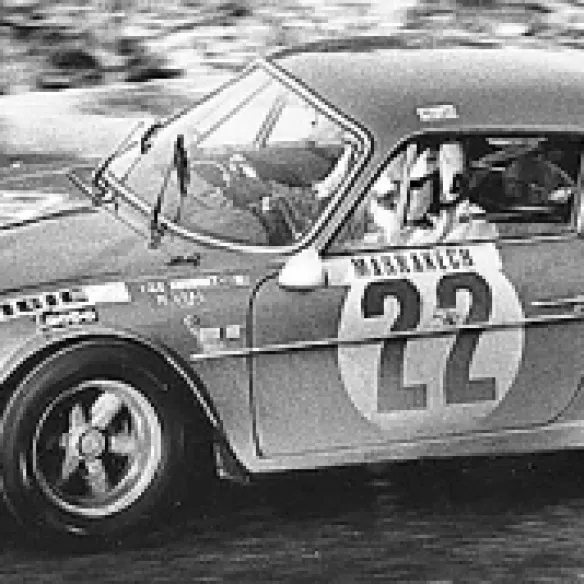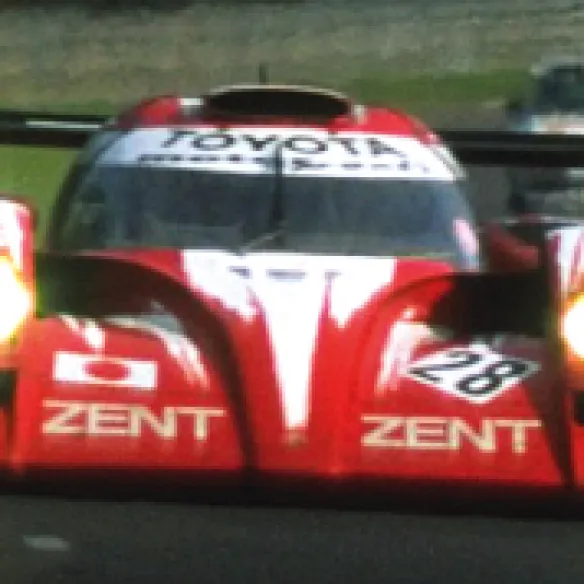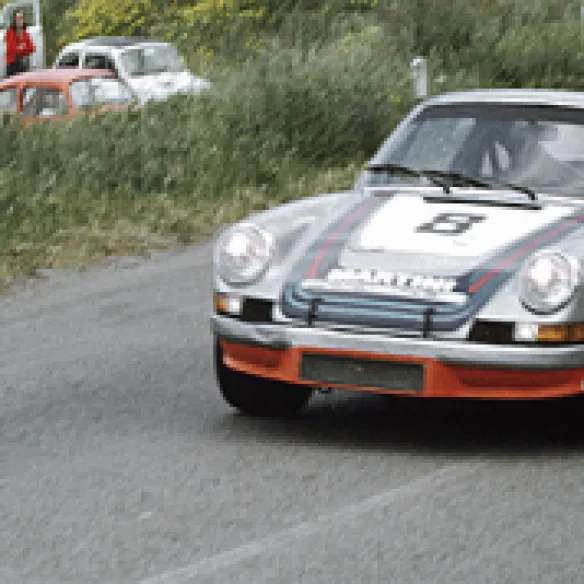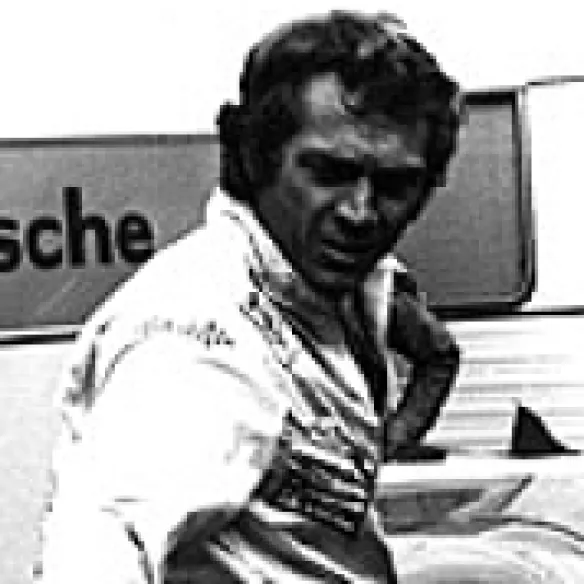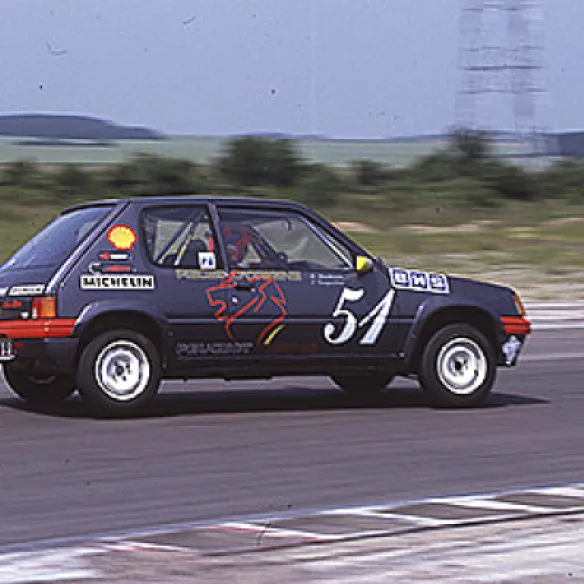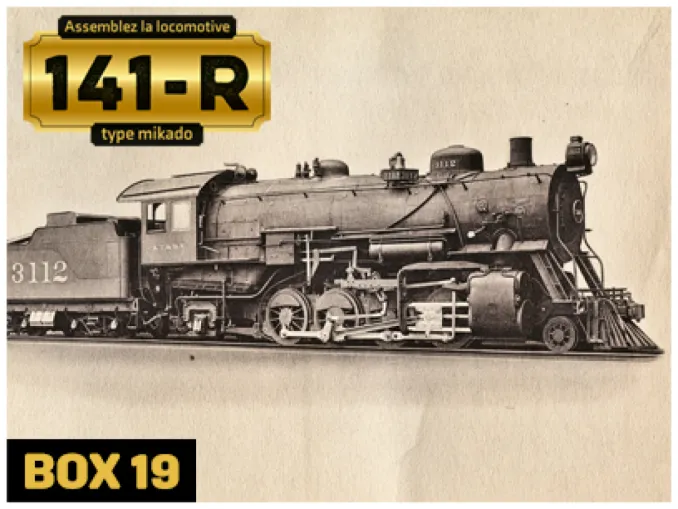
11/06/2025
THE 141-R: LOCOMOTIVE IN TWO “BATCHES”
On 5 October 1944, the first French mission went to the USA and received propositions from the American manufacturers, (...)
Read moreTHE 141-R: LOCOMOTIVE IN TWO “BATCHES”
On 5 October 1944, the first French mission went to the USA and received propositions from the American manufacturers, to be passed on to the SNCF's Direction des Études de Locomotives (DEL), which would then prepare the final contract respecting the norms for circulation on the French network.

A classic American 141 locomotive, No. 4081 of the Atchison, Topeka and Santa Fe Railway, one of the largest American networks known simply as the Santa Fe. This locomotive was built in the 1930s for heavy freight trains, and is one of the ancestors of our 141-R. © IXO Collections SAS - Tous droits réservés. Crédits photo © Collection Trainsconsultant-Lamming
A second delegation travelled to the USA on 3 December 1944 and met on 5 December with engineers from the American manufacturers, the French ambassador and the American War Department.
A TWO-STAGE ORDER: ONE MORE ORIGINALITY FOR THE “R”
The first order, in 1944, for the 141-R-1 to 180, was placed with ‘Lima Locomotive Works’ (a company in Ohio), the 141-R-181 to 440 with “ALCO” (‘American Locomotive C°’, New York State) and for the 141-R-441 to 700 with ‘Baldwin Works C°’ (Pennsylvania State). Detailed design work on the first 700 locomotives, known as the “first batch”, began in January 1945, carried out by engineers from Baldwin Works C°.
It only took six months from the time the first order was placed to the time the first 141-R locomotive left the Lima factory on 10 July 1945. It is worth mentioning that many subcontractors operated alongside these major companies, such as General Steel C° of St Louis and Eddystone, responsible for the high-precision machining of the cylinders, and Koppers C° of Pittsburgh, responsible for the delicate problem associated with manufacturing the piston rings. Notwithstanding the large size of the companies (which greatly impressed French engineers during visits) and their geographical spread, the ‘American-style’ production rate was high, and by April 1946, the 700 locomotives of the first batch had been produced and on their way to be delivered.
THE SECOND ORDER
During 1945, the second order was placed. Some Canadian firms were added (Montreal Locomotives Works and Canadian Locomotive Works in Ontario), given the urgency of the situation and the crucial shortage of locomotives in France. These locomotives from the second order, also known as the “second batch”, were all fitted with the French exhaust system Kylchap (named after the French engineer Chapelon and the Finnish engineer Kylalä) instead of the American exhaust system.
Boxpok drive wheels were used, either partially or totally. The 141-R-1101 to 1200 and 1241 to 1340 were fitted with original cast steel chassis, including the cylinders, and a Delta-type bissel. The drive axles had roller boxes, as did their tenders.
The ‘second batch’ of 141-Rs were particularly modern locomotives that caused a sensation on the SNCF network, particularly thanks to their oil-fired operation system, increasing journey times and autonomy while reducing the extreme strain on the driver. This 141-R was to become the best French locomotive of its time. And yet, it resembles many of the American 141 types running on the ‘St-Louis & San Francisco’ line as of 1931, the ‘Atchison-Topeka-Santa Fe’ line, or the ‘Chicago-Burlington-Quincy’ line of the 1930s. The locomotive almost looked like a copy of the 401 to 406 series, which entered service on the American Green Bay & Western network in 1937, but without the smoke screens, the bell, the large headlight designed to illuminate several hundred metres and, above all, an automatic coupling in the centre of the front crossmember. In France, however, no one realised this, and the 141-R was received with joy and excitement: in the eyes of the French, it was the most modern locomotive in the world.

A detailed view of the Atchison, Topeka and Santa Fe Railway's type 141. This is N° 3112 from 1931. Both the rear bissel and the general outline of the cylindrical body are familiar. © IXO Collections SAS - Tous droits réservés. Crédits photo © Collection Trainsconsultant-Lamming
ELEGANCE AND GRANDEUR: THE CLASS 15-F
While all railway networks were originally built on 1,435 mm (8.5 feet) standard gauge, many small secondary lines in Europe were built on metric track, or sometimes on a smaller gauge. The reason for this choice was cost, and a lot of African and Asian networks are constructed on metre gauge or similar. South Africa, for example, has a network with 1,067 m track.

The St-Louis & San Francisco RR's type 141 locomotive No. 4210 dating 1931. It reminds us of the 141-R, but the front bissel is of the Delta type and resembles the rear bissel. © IXO Collections SAS - Tous droits réservés. Crédits photo © Collection Trainsconsultant-Lamming

The Chicago Burlington & Quincy RR's type 141 locomotive No. 4943 built in 1934. We are getting closer to the 141-R, particularly when it comes to the bissels. The drive wheels still have conventional spokes. © IXO Collections SAS - Tous droits réservés. Crédits photo © Collection Trainsconsultant-Lamming
THE ARRIVAL OF THE 15-F
The British industry was the originator of the South African network, and it was Beyer-Peacock, a company based near Manchester, as well as North British of Glasgow, who built this series of locomotives in 1943. In many respects, these machines surpassed the locomotives of the mainland, including in terms of performance! With the 241 axle arrangement, they surpassed anything used in the UK, which had only just reached the Pacific or Mikado standard. For some twenty years, the 15-Fs were used at the head of the famous luxury train known as the African ‘Blue Train’.

A type 241 locomotive from South Africa, part of the famous 15F series, seen in 1943. Panache and prestige... © IXO Collections SAS - Tous droits réservés. Crédits photo Document STEDEF.

A 15F in front of the ‘Blue Train’ seen in 1950. This train should not be confused with the CIWL's “Train Bleu” operating on the French Côte d'Azur. © IXO Collections SAS - Tous droits réservés. Crédits photo Document North British Locomotive.

The atmosphere in the northern suburbs in the 1950s, under a signal bridge typical of the old Nord network. On the right, an ex-PLM ‘Pacific’ is coupled to a slow, heavy ‘Régime Ordinaire’ freight train, a role that would be more suited to a 141-R. On the left, a commuter train towed by an ageing 230 Nord.© IXO Collections SAS - Tous droits réservés. Crédits photo © Collection Trainsconsultant-Lamming
Recent articles
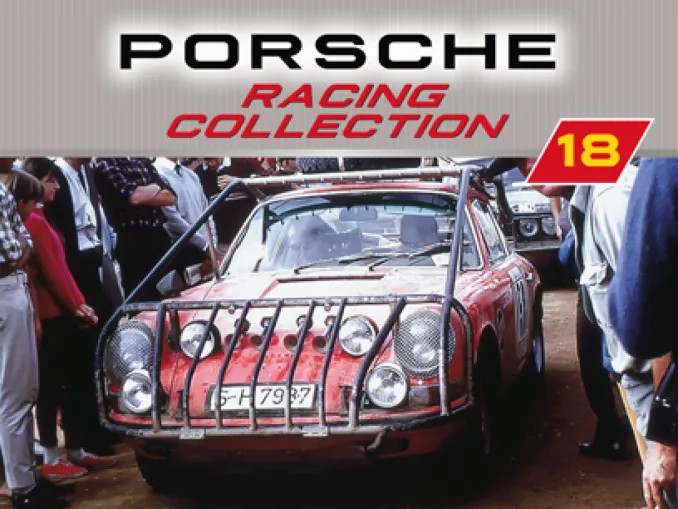
10/06/2025
Porsche 911 S - 1968
ASSIGNED TO ZASADA FROM POLAND, THE 911 COMPETING IN THE FIRST LONDON-SIDNEY RALLY PROMISES TO BE A FUTURE TRIUMPH
Read more
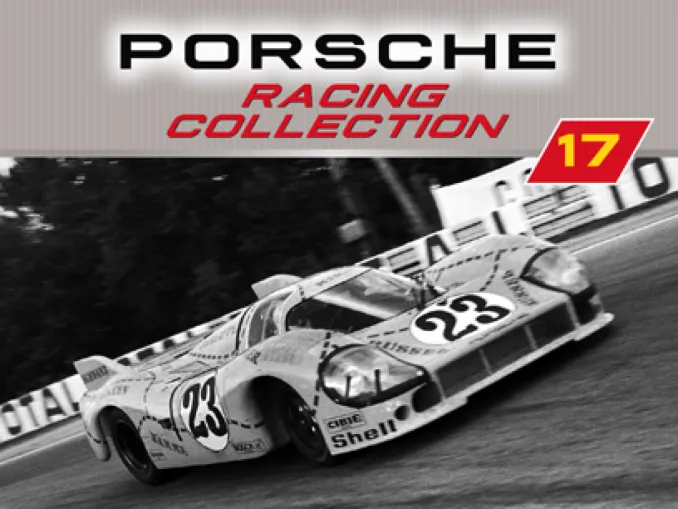
10/06/2025
PORSCHE 917/20 «THE PINK PIG»
THE ‘PINK PIG’ IS PERHAPS THE MOST AERODYNAMICALLY ADVANCED VERSION OF THE 917. AND YET IT COMPETED IN ONLY ONE RACE: LE MANS IN 1971.
Read more
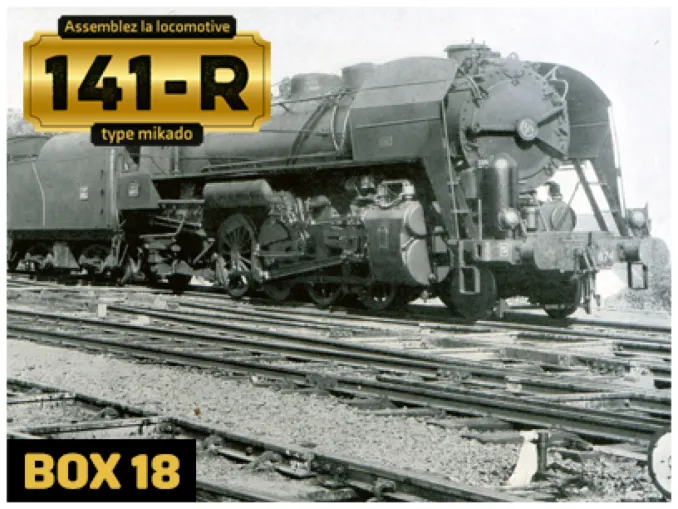
26/05/2025
THE TECHNICAL CHOICES THAT LED TO THE 141-R
After World War II, during which the network was destroyed, SNCF lacked locomotives, especially new ones.
Read more


 English
English français
français Deutsch
Deutsch español
español italiano
italiano português
português